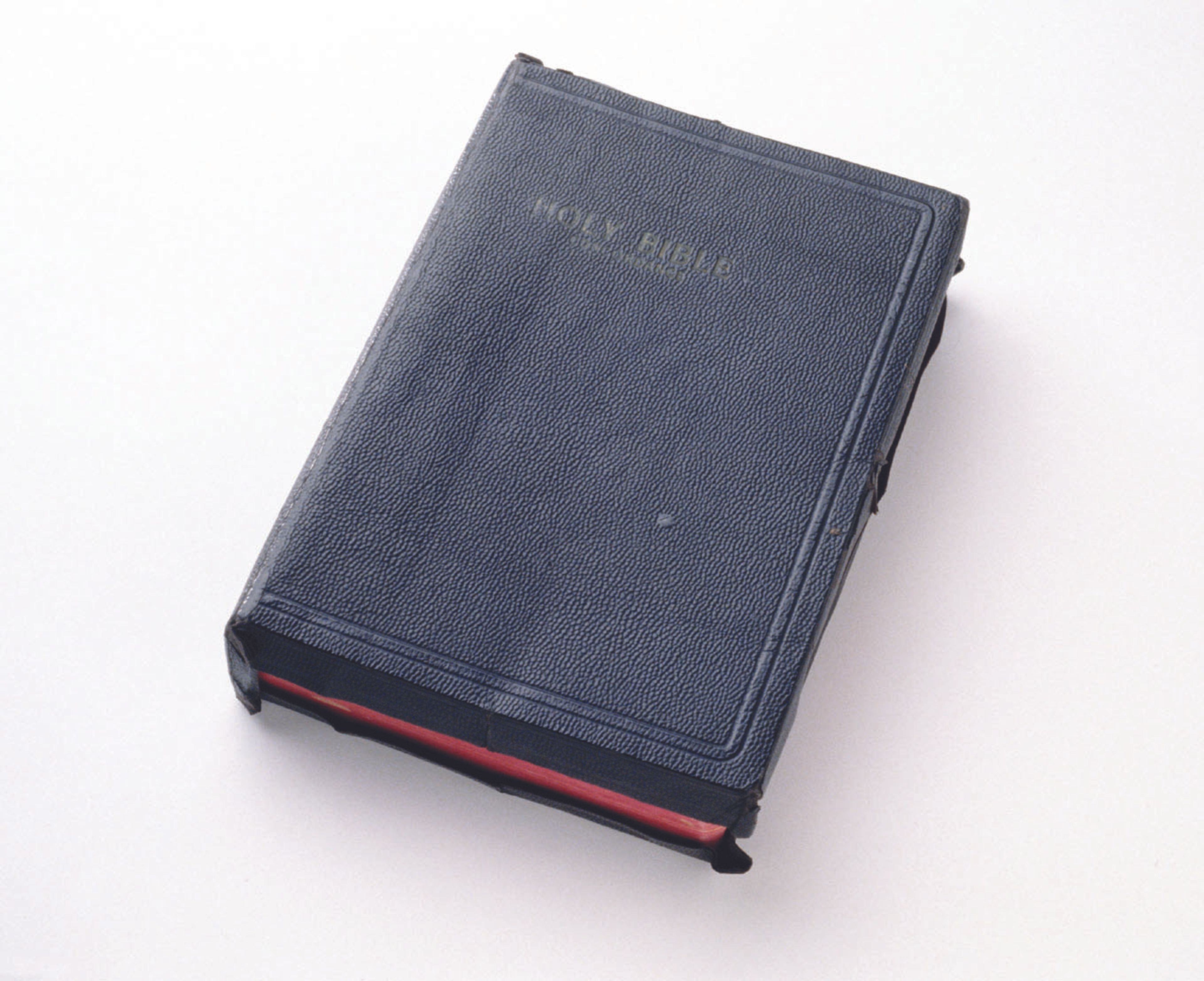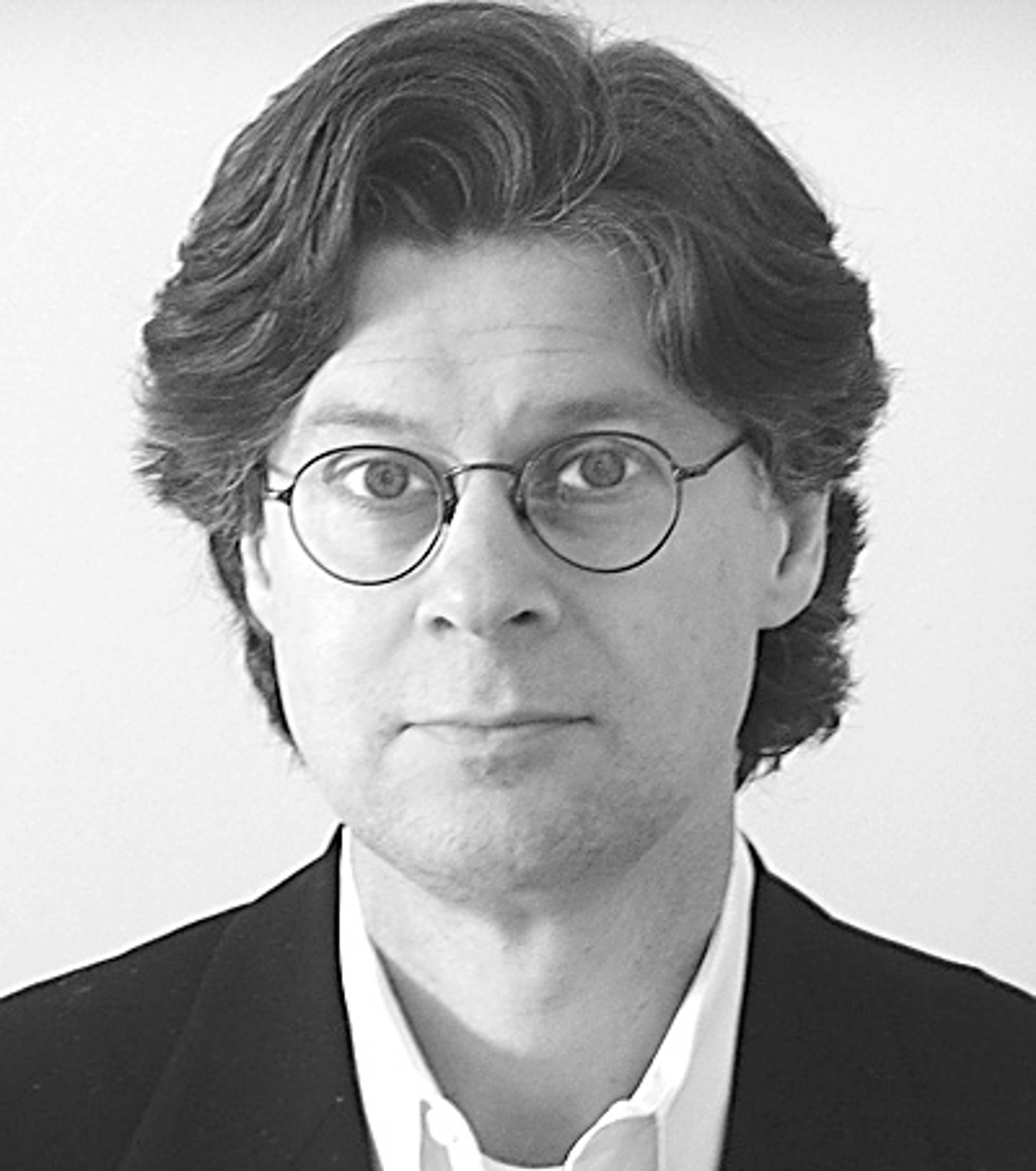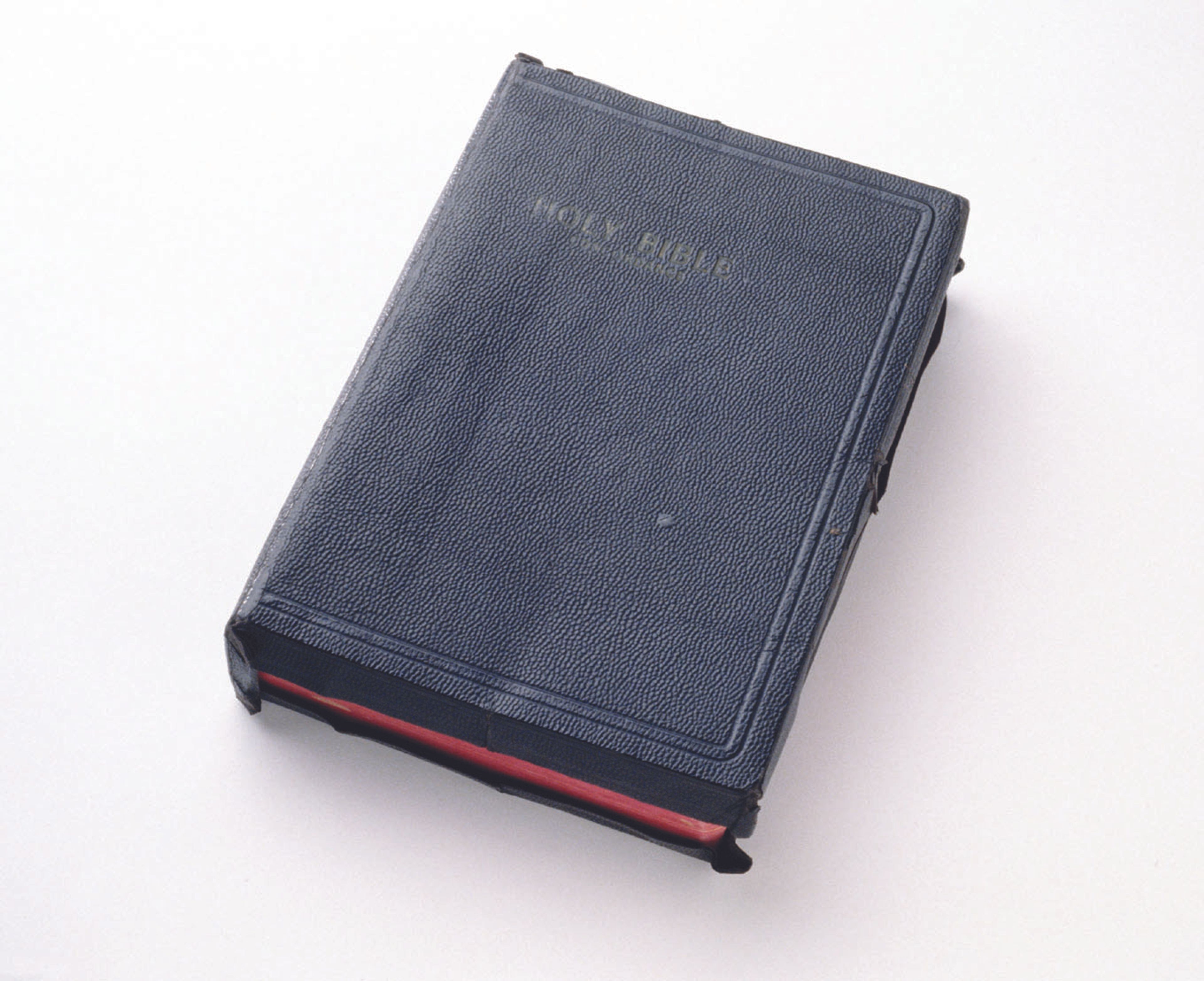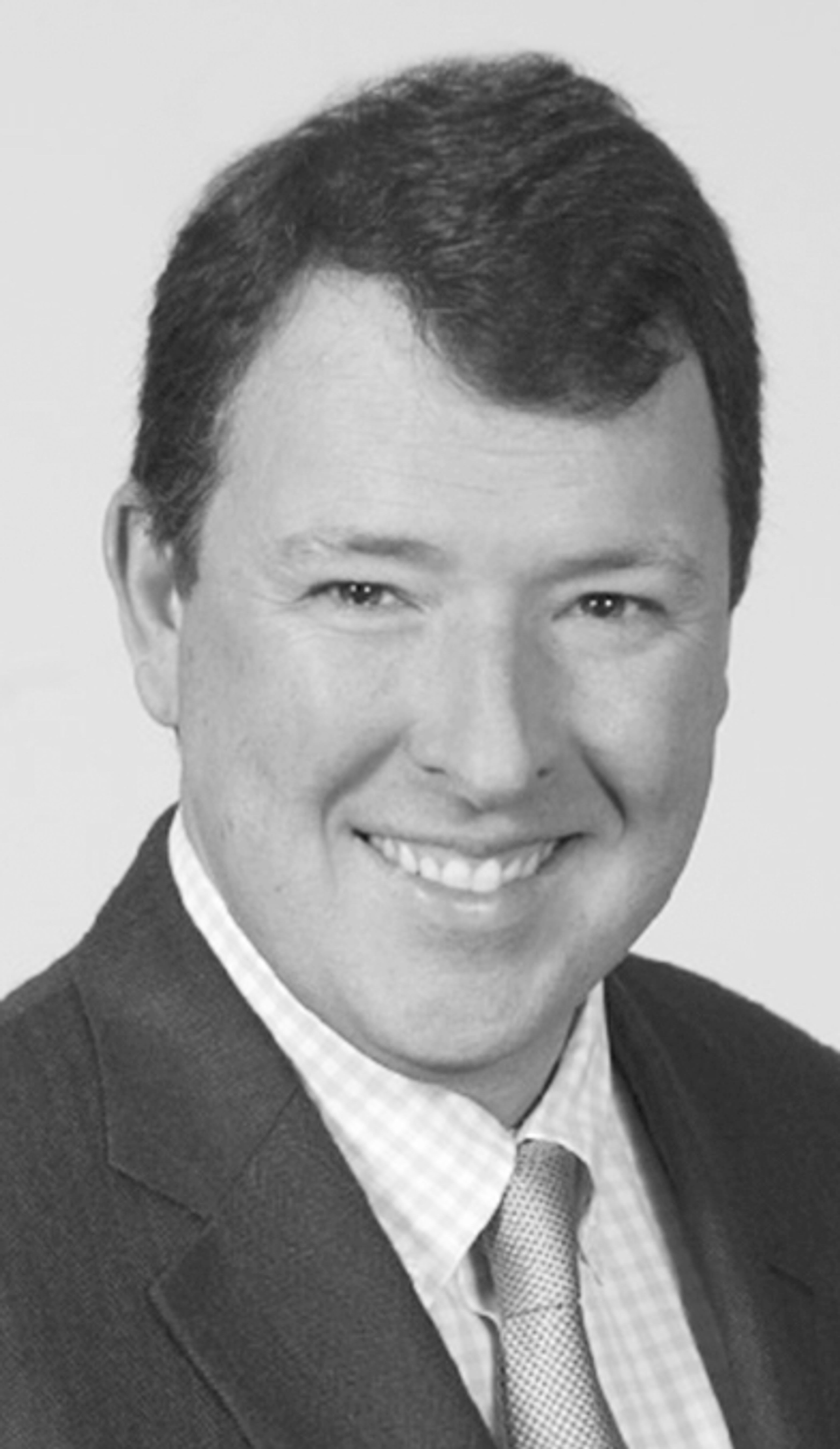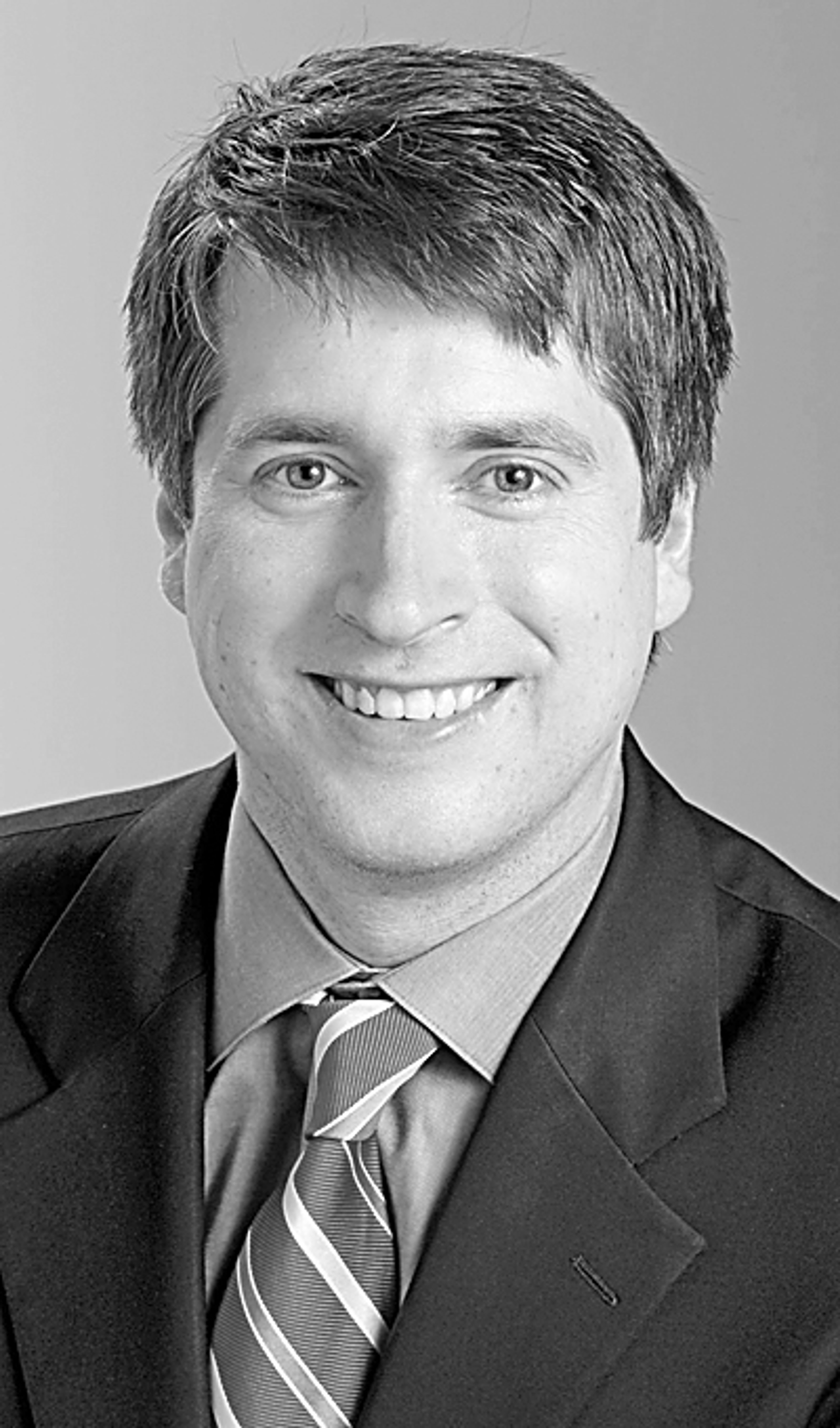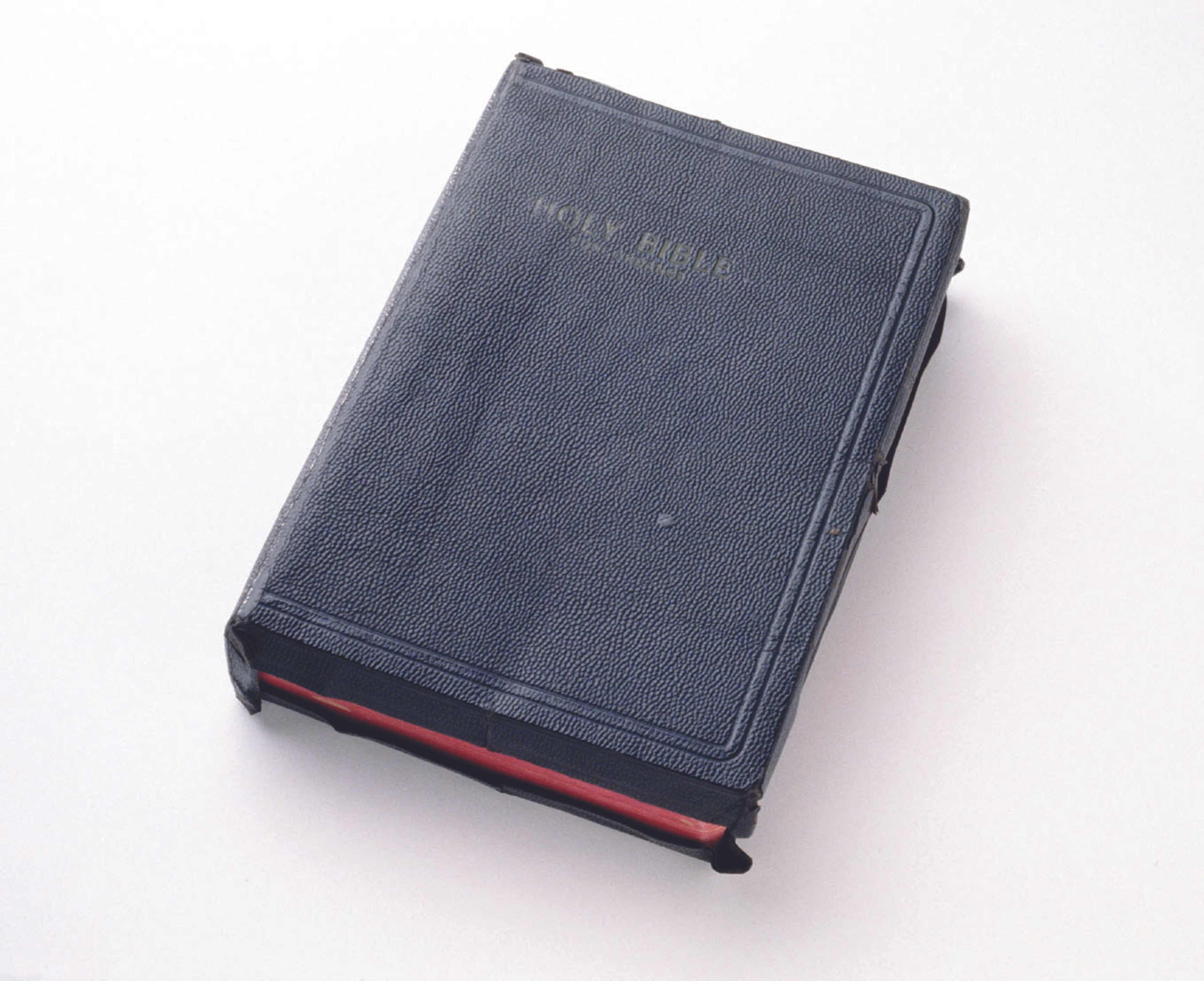Benno Schmidt, America's most practical theoretician, has suddenly resigned one of the more coveted positions in American intellectual life, the presidency of Yale University. He's decided that it is no longer satisfying to toil in the vineyards of higher education while elementary and secondary schools stagnate. In Schmidt's words, K-12 learning in America is "beleaguered ... mired in politics and bureaucracy, which stifles desperately needed innovation and fresh thinking."
Schmidt (along with controversial education entrepreneur Christopher Whittle) has decided to lead an effort to create a nation-wide private, for-profit, integrated, scholarship-supplied, high-tech system consisting of 1,000 elementary and secondary schools. Here are some of his so-called "radical" concepts.
Reading and writing. All graduates of his system must be able to read and write consistent with the top students of their age and grade level. A little over half of America's eighth-graders and a little under half of America's 12th graders cannot satisfactorily answer questions about the meaning and content of a short piece they have just read.
Science and math. Graduates of his system shall equal or exceed the test results of the top students of Japan and Western Europe. The United States consistently tests behind those countries as well as a whole host of other nations.
More homework and less TV. American students watch more television and do less homework than those of any other industrialized country. Here are the percentages of 13 year-olds who spend two or more hours on homework each day: Britain 35 percent; Spain 59 percent; Japan 62 percent; U.S. 27 percent.
On the glued-to-the-tube index, U.S. students sweep the decks. The percentage of American students who watch more than three hours a day of television is as follows; 4th graders 62 percent; 8th graders 64 percent; 12th graders 40 percent.
Parents will be enlisted both to help in school and to monitor work effort at home.
School hours and school year. 8-1/2 hours per day; 11 months a year (with appropriate holiday respites). The existing, slovenly educational process institutionalizes intellectual mindlessness. Schmidt has an 11-year-old child and finds it "odd that American school children are in class only eight months a year."
Schmidt's current plan of action is not predicated on taxpayer support. He wants the freedom and flexibility to innovate, to change, to alter, to adjust. That type of freedom and flexibility is not available in the moribund public school system.
If the United States were to move to a voucher plan, then Schmidt's proposal like all other private systems would suck up public resources and ultimately strangle what remains of a near collapsing public school system.
As Schmidt sees it, as long as his new schools rely on their own free-enterprise funding, they, like existing private schools, constitute no threat to public education. Indeed, if the Schmidt plan succeeds in its ambitious restructuring of elementary and secondary education, it could be the "change agent" that might save our public schools. Let's hope.
Connect with the Southeast Missourian Newsroom:
For corrections to this story or other insights for the editor, click here. To submit a letter to the editor, click here. To learn about the Southeast Missourian’s AI Policy, click here.
